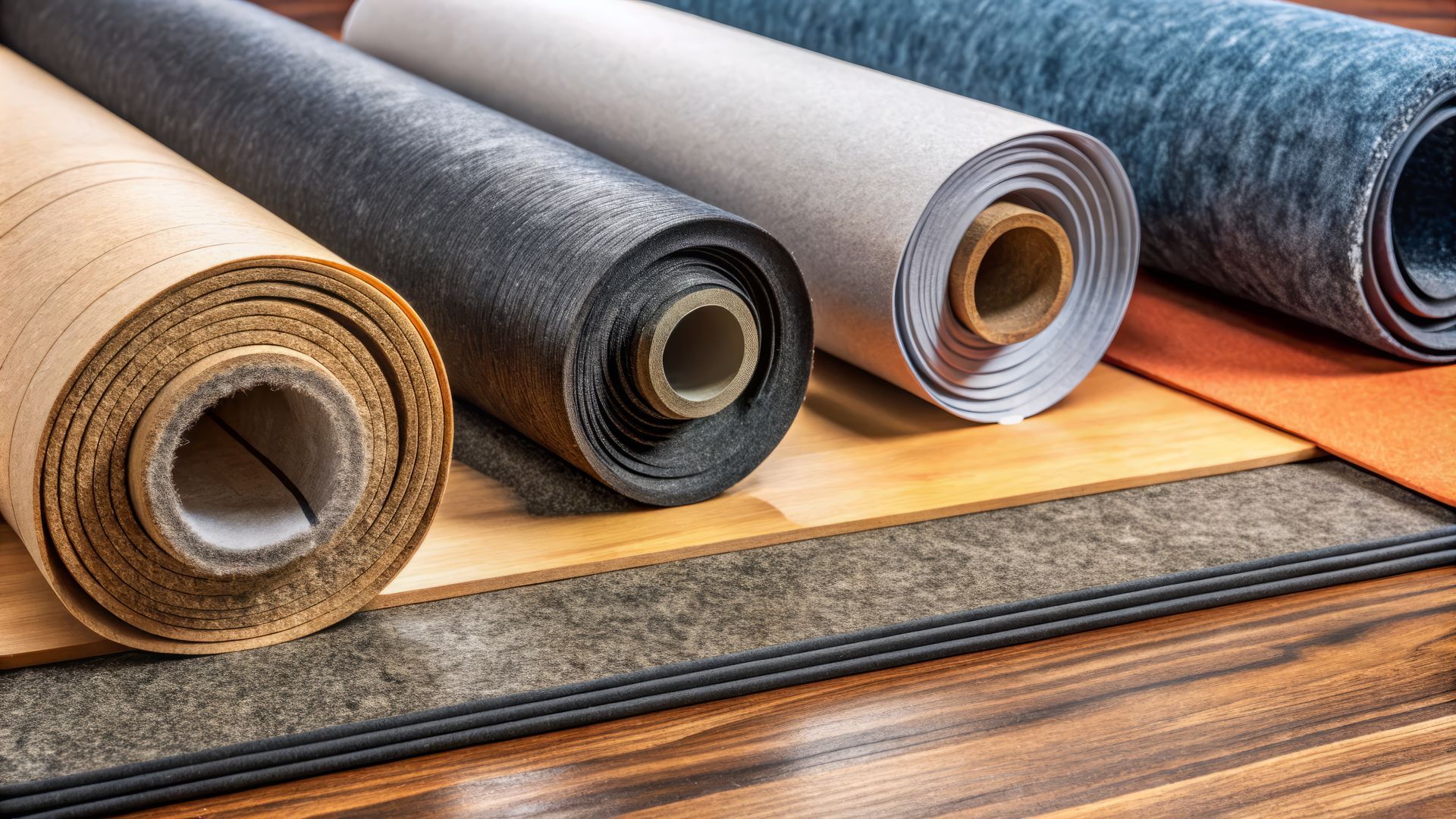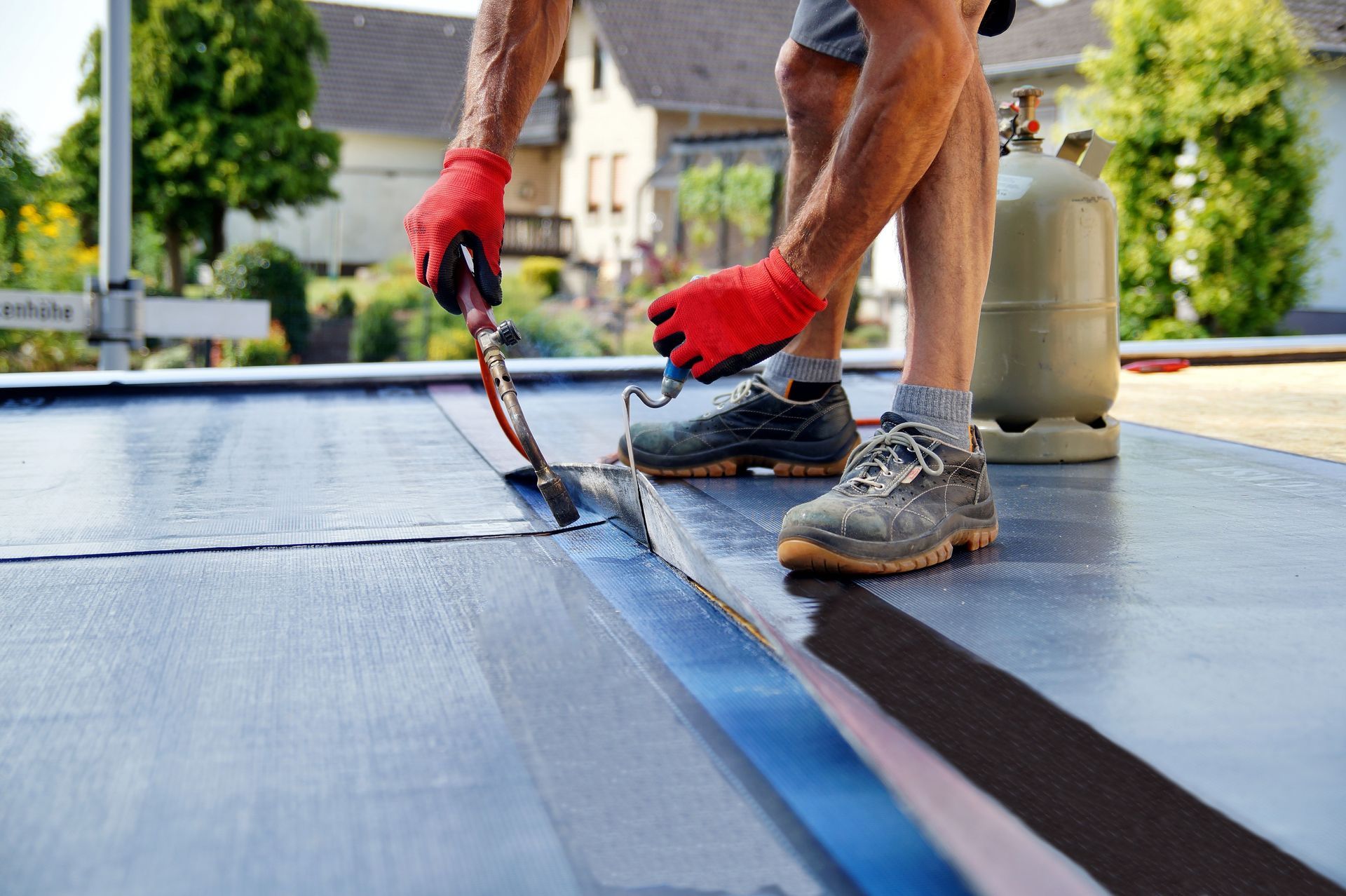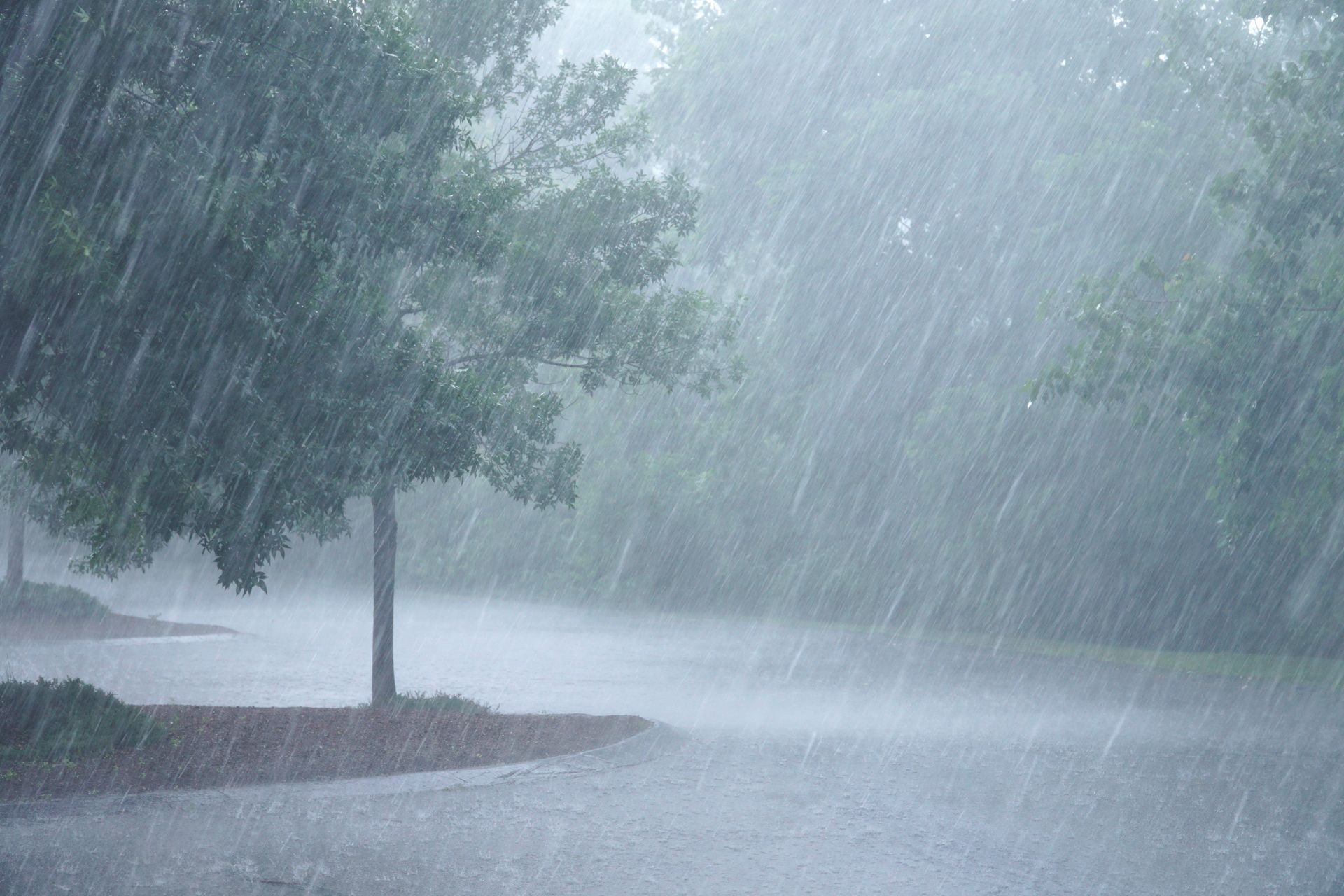Does Synthetic or Felt Underlayment Perform Best During Long, Wet Seasons in the Pacific Northwest?

Roofing systems aren’t just about shingles; they depend heavily on the layer underneath. That layer, called underlayment, acts as a critical waterproofing barrier beneath your shingles. But in our climate, the debate of felt vs synthetic roof materials is more than just a technical detail. It’s a question of durability, efficiency and peace of mind during long, wet seasons.
Why Underlayment Choice Matters in Seattle’s Climate
Unlike drier regions, the Pacific Northwest presents unique challenges:
- Extended wet seasons mean underlayment must provide reliable waterproofing backup against wind-driven rain.
- Steep slopes are common, so materials need strong tear resistance to keep water from working under shingles.
- Temperature swings call for flexibility so the underlayment doesn’t crack or buckle over time.
- Manufacturer warranties may require specific underlayments, which can impact both long-term protection and coverage.
These aren’t minor details; they directly affect how long your roof lasts and how well it resists leaks.
Felt Underlayment: The Old Reliable
Traditional felt, sometimes called “tar paper,” has been used for decades. It’s made of paper or fiberglass mat saturated with asphalt. Roofers are familiar with it, and it still has a role in some applications.
Pros
- Budget-friendly: Felt is generally less expensive upfront.
- Proven track record: It’s been trusted for generations and can still perform in certain climates.
- Readily available: Almost every roofing supplier carries rolls of felt.
Cons
- Tear strength: On steep Seattle roofs, once wet, felt can rip easily under foot traffic or during high winds.
- Dry-in times: Felt absorbs water, which means it can wrinkle and become slippery in our rainy conditions. Prolonged exposure before shingles go on is risky.
- Cold-weather flex: In colder months, felt stiffens and can crack when roofers walk on it.
- Warranty limitations: Some shingle manufacturers restrict or void enhanced warranties if felt underlayment is used, particularly on premium products.
Synthetic Underlayment: Built for Modern Demands
Synthetic underlayment is made from woven or spun polymers. It’s lightweight, durable and specifically engineered for the challenges that felt often struggles with.
Pros
- Superior tear strength: Synthetics hold up under heavy foot traffic, which is crucial on steep slopes during rainy Seattle installations.
- Longer lifespan: Synthetic underlayment resists UV exposure and moisture damage better than felt, giving it a longer service life if water ever gets under shingles.
- Stronger water barrier: Unlike felt, synthetics don’t absorb water, so they maintain their ability to shed moisture even after repeated wet/dry cycles.
- Mold and rot resistance: Because synthetics aren’t organic, they don’t break down the way asphalt-saturated felt can if exposed to trapped moisture.
- Faster dry-in times: Water sheds off synthetic materials instead of soaking in, helping roofers keep the project moving even when clouds won’t cooperate.
- Cold-weather flexibility: Synthetic underlayment maintains flexibility in colder conditions, reducing cracking during winter installs.
- Warranty compatibility: Many roofing system warranties now require synthetic underlayment for full coverage, making it the safer long-term investment.
- Lighter and safer: Rolls of synthetic material are lighter, making them easier to carry and safer to install on steep pitches.
Cons
- Higher upfront cost: Synthetic underlayment is more expensive than felt, though many homeowners find the long-term benefits outweigh the added investment.
Tear Strength on Steep Slopes
Seattle and nearby areas feature plenty of steep-sloped roofing. When crews are walking across underlayment during installation, felt is prone to tearing, especially once wet. This can create dangerous working conditions and lead to underlayment failures that compromise waterproofing. Synthetic underlayment’s engineered tear resistance is a major advantage here, ensuring safety for roofers and reliability for homeowners.
Dry-In Times and Weather Delays
With felt, prolonged rain can saturate the underlayment, leading to wrinkles, bubbling or leaks before shingles are even nailed down. Synthetics are designed to repel water, giving crews more confidence during drawn-out projects and helping your home stay protected if the rain doesn’t let up for days.
Cold-Weather Flexibility
Installing a roof in January or February in the PNW can be tricky. Felt becomes brittle in cold conditions and can crack under pressure. Synthetic underlayment remains flexible in low temperatures, which makes a big difference when roofing must be completed despite the weather.
Warranty Interplay
Your underlayment choice can impact long-term protection. Many shingle manufacturers now pair their extended warranties with synthetic underlayments, while felt may limit you to basic coverage. Choosing synthetic can mean decades of additional peace of mind, which is especially valuable in a region where roofs endure so much stress from rain and moss growth.
Our Team Has Decades of Experience Installing Both Felt and Synthetic Underlayments on Seattle Roofs
Call us at Chet’s Roofing today or give us a call at (877) 611-1514 to schedule your inspection in Seattle and Puget Sound to get expert guidance on the best materials for your roof.



